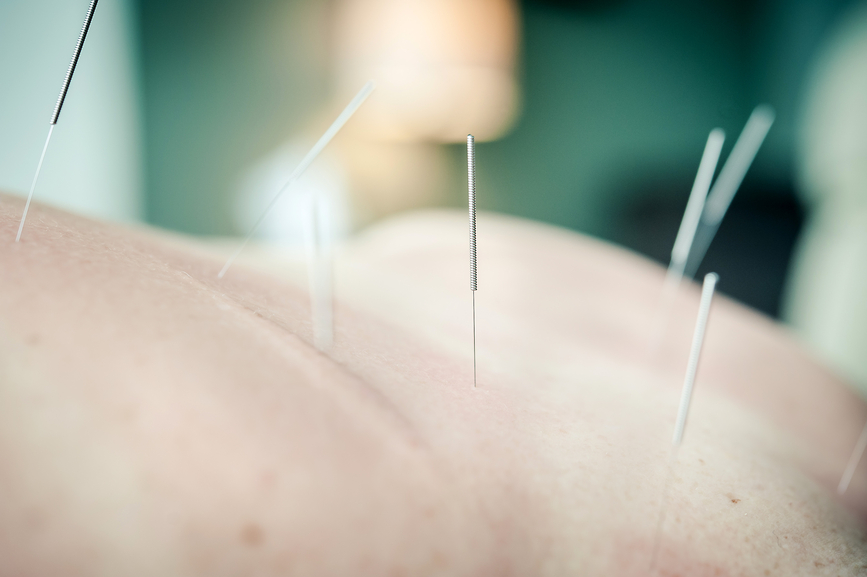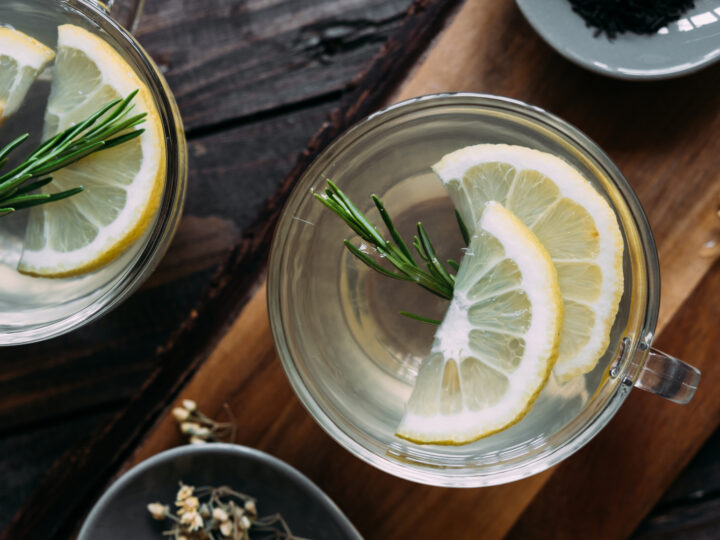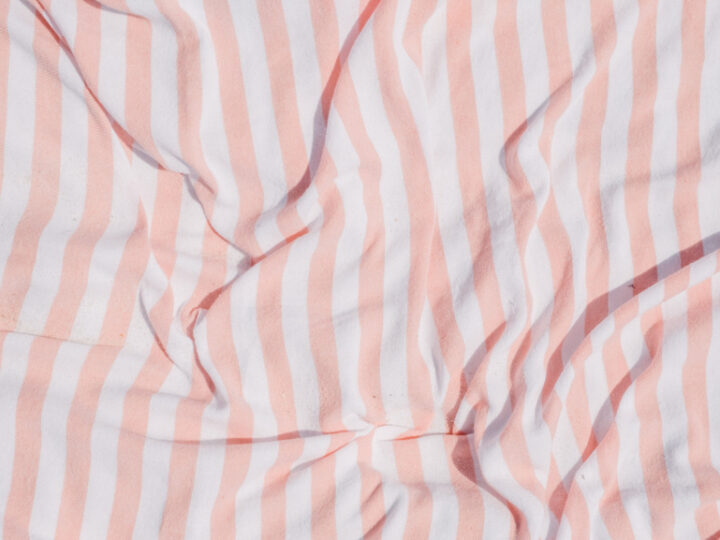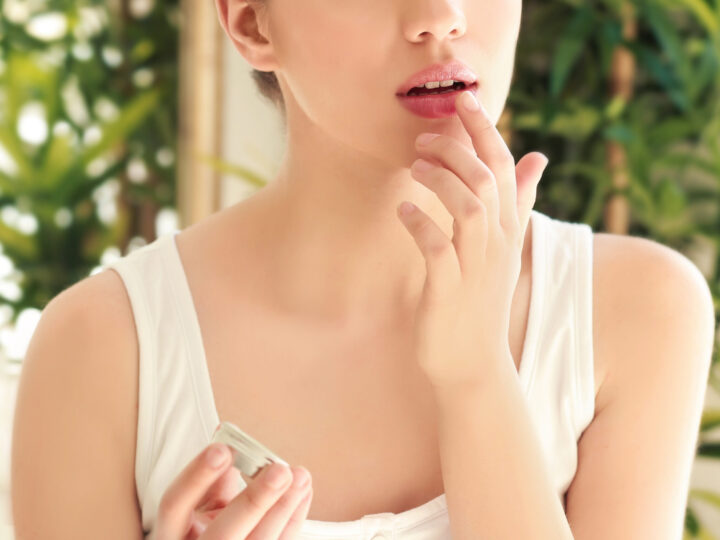ACUPUNCTURE VS ACUPRESSURE
What’s The Difference?

You’ve heard of acupuncture and acupressure. Chances are, you have at least one friend who raves about their awesomeness, or maybe you’ve even considered booking yourself a session with a practitioner. But you may be like other Westerners, questioning how these ancient methods actually work? Or wondering what the difference between acupuncture and acupressure is? We’ve explored both questions below.
About Acupuncture, Acupressure, and Meridian Points
Acupuncture and acupressure are both Traditional Chinese Medicine treatments, rooted in the idea that our bodies house channels (meridians) through which our life energy flows. Both methods aim to improve or correct energy flow by stimulating meridian points. The main difference between the two techniques is that acupuncture uses thin needles while acupressure uses firm pressure.
There may be a significant difference in the training of the practitioners as well. Acupressure is commonly offered by massage therapists who have little diagnostic training in Chinese medicine, but may have an intimate knowledge of body tissues, while acupuncture is offered by board-certified licensed acupuncturists. They each have different advantages.
Western medical communities have been slow to back acupuncture and acupressure, but in the past few decades, these treatments have stood the test of science. They’re now commonly prescribed by western doctors as complementary treatments for a wide variety of issues.
How do acupuncture and acupressure work?
To understand how acupuncture and acupressure work, you first have to familiarize yourself with the idea of a meridian system. Meridians are a foundational TCM concept, but up until recently, you wouldn’t hear of them in any western medical office.
Meridians are invisible pathways or channels, through which your Qi (vital life energy), Xue (Blood), Jinye (Body Fluids), Jing (Essence), and Shen (Spirit) flow. Along these channels, there are hundreds of meridian points (also called acupoints) that can be stimulated via acupressure or acupuncture to improve the flow of these essential substances.
For the skeptics here, it can be helpful to understand the bodily mechanisms behind acupuncture and acupressure. In essence, the targeted application of pressure or insertion of tiny needles initiates the body’s profound self-healing abilities. In response to this external stimulation of the meridians, the body will increase blood and lymph circulation, release endorphins, alter hormonal signaling, and more.
Which is right for you: acupuncture or acupressure?
There are a few factors to consider when deciding which method is right for you.
What issues do you want to treat?
Acupuncture is commonly used to treat illnesses that could be diagnosed by a doctor. Examples include chronic illnesses, infertility, strained muscles, and insomnia. It’s believed that acupuncture is better at treating these complex issues because the method allows acupuncturists to stimulate many meridian points at once for extended amounts of time.
Acupressure is more commonly used to treat minor ailments or isolated symptoms like nausea and headaches.
What is the training of the practitioners you have access to?
Look at effectiveness, experience, training and recommendations. Ultimately, the skill of the practitioner in treating your problem is more important than the modality.
Are you sensitive to needles?
Even though acupuncture is virtually pain free, patients who are highly sensitive to needles may not be comfortable with the technique. In these cases, practitioners can apply acupressure as an alternative.
Do you want to treat yourself at home?
Acupuncture is legally performed by licensed practitioners and should not be done at home. If you’re looking to remedy issues yourself, acupressure is the way to go.
Try Stimulating These Acupressure Points at Home
As we mentioned above, acupressure can be done on your own body and may help ease many common symptoms. Here are some popular pressure points to try.
LI 4 – He Gu: This pressure point, located on the muscle between your thumb and index finger is good for headaches, toothaches and neck pain. It may also induce contractions, so don’t use if you are pregnant.
GB 20 – Feng Chi: This point is recommended for migraines, fatigue, and low energy. It’s found beneath the ear bone, where the neck muscles meet the skull.
P6 – Nei Guan: You’ll find this acupoint between the two tendons at the bottom of your forearm. Try applying pressure here to relieve nausea or anxiety.
LV 3 – Tai Chong: This point, located on top of the foot, may relieve stress, menstrual cramps, and lower back pain.
Trying acupressure at home or finding a licensed acupuncturist in your area is a great way to add another layer of natural, holistic healing to your life.
Comments (0)
Leave a reply
You must be logged in to post a comment.




